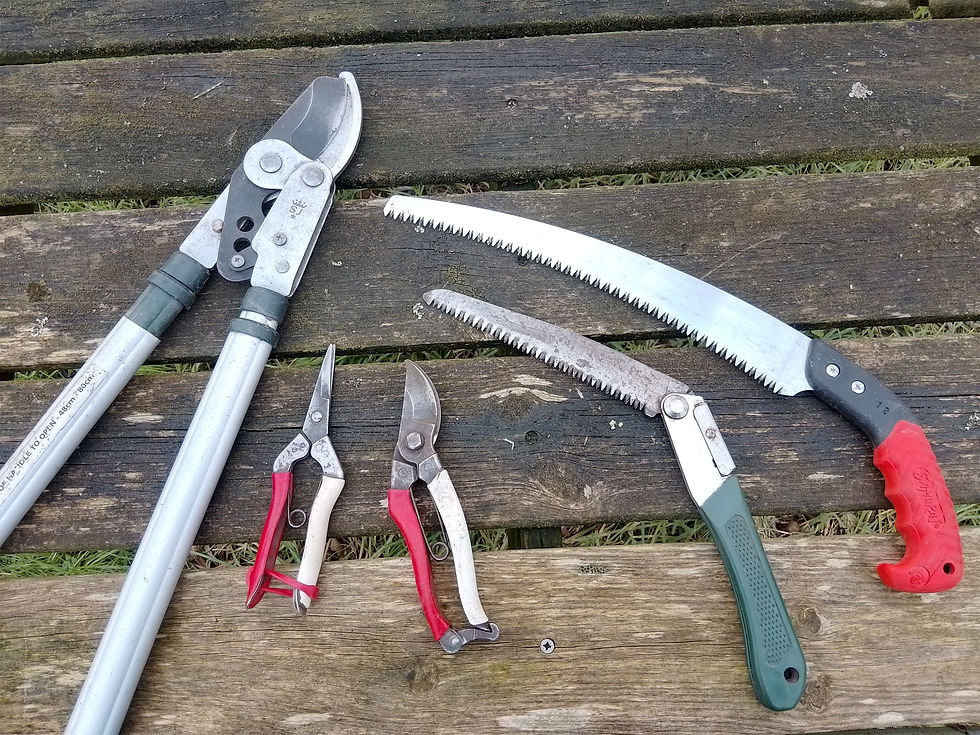Gardening for Dragonflies
- Nancy Lowe

- Jun 14, 2023
- 2 min read
Updated: Nov 9, 2023
No mow may is a boon for garden insects and if you’re taking part, you’ll likely have noticed a big increase in the number of insect visitors to your garden already. King amongst these and a group to look out for are the dragonflies and damselflies. These insects are voracious predators – if you have them visiting your garden, it’s a good indicator that your insect life is thriving.

There’s a certain romance to the idea of reintroducing top predators such as Wolves or Lynxes, but for those of us growing wildlife friendly gardens, it’s quite likely we’ll start to get glimpses of some of the UK’s remaining top predators – albeit top amongst the insect world. Dragonflies and damselflies hunt down all manner of small insects, including mosquitoes, flies, caterpillars, beetles and moths. Like bees and butterflies, this group of insects are also suffering huge losses right now and thankfully, there is lots we can do as gardeners to help them out.
The top thing we can do for dragonflies and damselflies is build a pond. A range of features emerging from the water or lying around at the edges provide options for egg laying – some species inject eggs into plant stems or leaves emerging from the water; others deposit them into rotten wood or muddy banks around the edge of the pond. Some lay eggs directly into the water.

Dragonflies and damselflies spend most of their lives in their larval stage, which is all spent in the water and can last from between a few months to around 5 years, depending on the species. Again, it’s worth ensuring a garden pond has a variety of features so that it can support a good variety of prey for these young carnivores. A range of depths is worth considering, including pebbly shallows and depths of at least 70cm. Native water plants, including both plants that emerge up and out of the water, such as flowering rush or purple loosestrife and plants that float leaves out over the water surface, such as water lilies, are really good options for providing good habitat and hideouts.

Once these fearsome nymphs are fully grown, they will use those emergent plants to climb up and out of the water. If you’re lucky enough to spot this happening, it’s a really amazing natural phenomenon to witness – keep a look out for this on summer mornings. Instead of pupating, the adult form breaks straight out from the larval shell, pausing momentarily for the legs to set hard before they pull these out of their juvenile casings and take their first short flight.
If you don’t have a pond, but do have lovely long grasses in your garden, this is the point where you’ll start seeing them prowling over your patch – adults are typically emerging between May and September. And what a glorious sight that is! Quite apart from the sheer beauty of these wonderful insects, their flight around your garden is a sure sign that your wildlife gardening efforts are working well, supporting well rounded ecological systems.








Comments